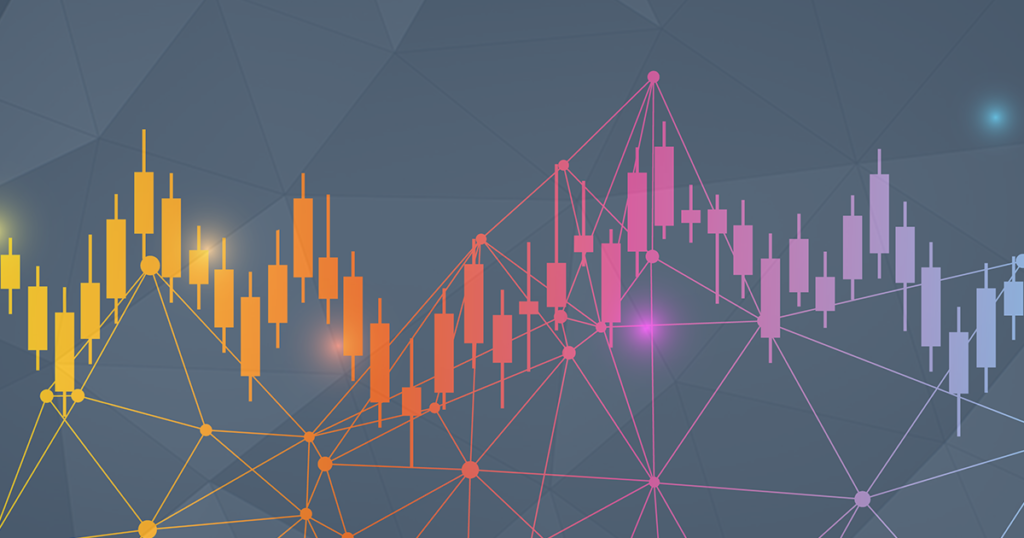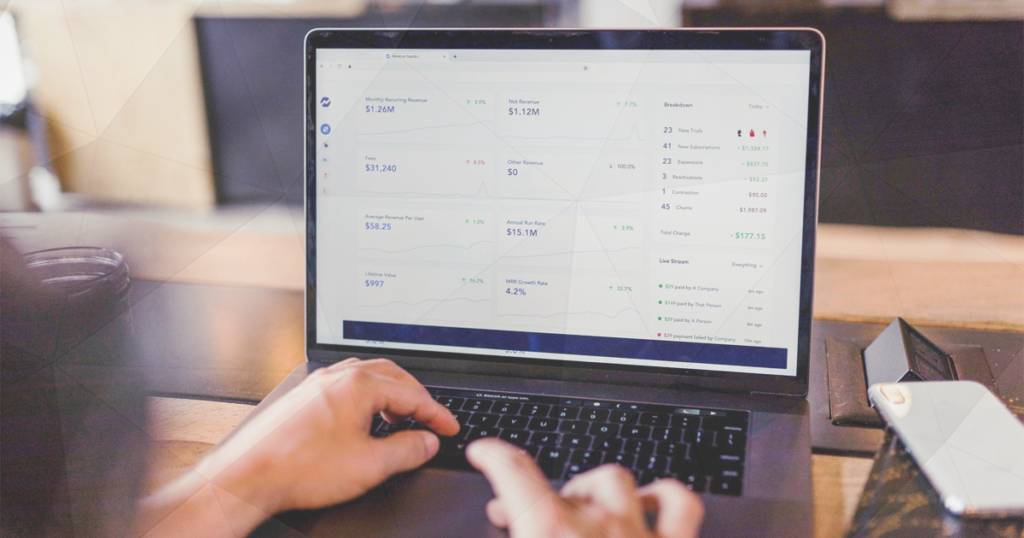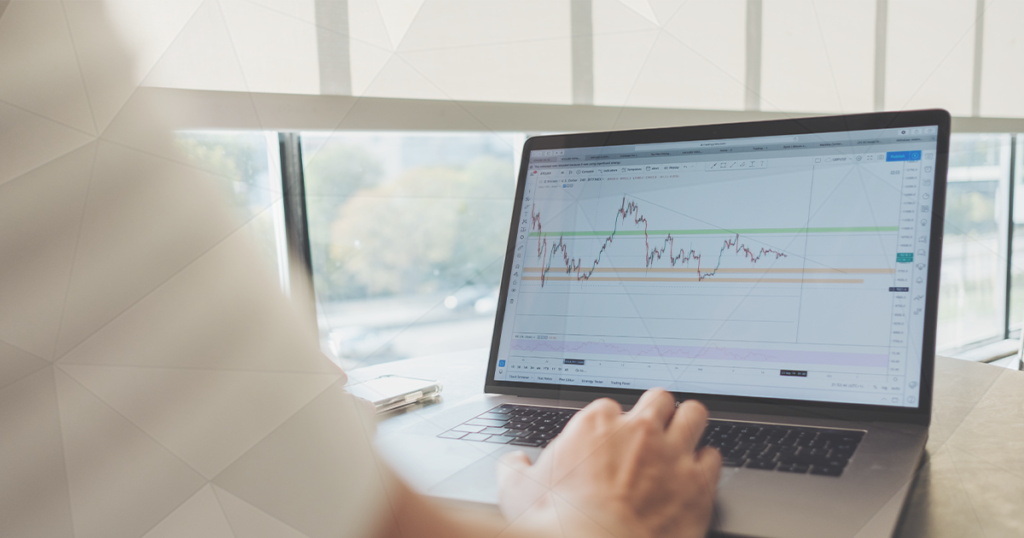What is Trading Volume?

In the markets, trading volume is too important to neglect. It can help traders analyse price-action, anticipate price movements, and identify possible reversal points of a financial security.
In this article, we’ll shed some light on trading volume and explain how traders can use it to improve their trading performance.
Trading Volume Explained
Trading volume refers to the total number of financial instruments that were traded during a specific period of time. Trading volume is usually reported as the total number of shares that changed hands during the day, although the term can also be used when referring to bonds, derivative contracts, ETFs, and commodities.
To calculate the average trading volume of a security, simply divide the total trading volume over a period of time with the length of the period. The result is the average trading volume per unit of time, typically per day.
- Learn more, take our premium course: Trading for Beginners
How to Act on Trading Volume?
Although the order sizes of smaller traders are unlikely to influence market prices, those traders can still extract valuable insights from the current trading volume of a security. Traders often use trading volume to confirm a trend, to find possible reversal levels, and to determine entry and exit points for their trades.
Trend Confirmation
Trading volume can be successfully used to analyse the current price-action of a security. When trading volume increases, this usually signals a confirmation of the underlying price-movement and trading momentum. If both the price of a stock and the trading volume increase, there is a high chance that the underlying uptrend is about to continue. Similarly, when the price of a stock falls on a relatively high trading volume, this suggests a continuation of the downtrend.
If the stock’s price continues to rise over the next week, with trading volume staying above the average daily trading volume (ADTV) of the last month, this could be used as a powerful confirmation that the uptrend is about to continue in the future. In this case, trading volume is confirming the upside momentum in the stock.
Read: Get to Grips with Trendline Trading
Confirming Breakouts
Trading volume can also be used to validate upside or downside breakouts out of important support and resistance levels, or chart patterns.
Remember: Trading volume has to increase to validate the move.
The same thinking process applies to downtrend markets as well. If a stock trades in a long-term downtrend, enters a consolidation phase and breaks to the downside, traders should use trading volume to determine whether the downside breakout is tradeable or simply a bear trap.
Just like in the case of upside breakouts, trading volume has to increase on downside breakouts to confirm the trade setup.
Identifying Trend Reversals
Another powerful way of using trading volume to confirm price-action is during trend reversals.
A trend reversal forms when an uptrend peaks, reverses, and forms a new downtrend, and vice-versa. Securities that have been forming higher highs and higher lows during uptrends reverse their course and start to form lower lows and lower highs. Similarly, stocks that have been in a downtrend start to form higher highs and higher lows and continue to the upside.
Trading volume is a powerful indicator that can help traders identify trend reversals. When an uptrend ends and a new downtrend starts to form, an increase in trading volume sends a strong signal that a trend reversal is happening. As fundamentals of a company deteriorate and market participants become more bearish on a stock, a trend reversal will lead to higher trading activity and increased trading volume.
Conversely, when a downtrend ends and a new uptrend starts to form, traders should check whether the reversal is accompanied by an increase in trading volume to confirm the trade setup. As fundamentals of a company become better and traders become more bullish, upside reversals usually cause a spike in trading activity and volume.
How Does Volume work in the FX Market?
Unlike the stock market, the Forex market is a decentralised, over-the-counter market where volume data is not available to market participants. However, in a 2011 research paper, Caspar Marney explained that tick volume can be used to accurately estimate actual trading volume in the Forex market.
Tick volume refers to the number of up-ticks and down-ticks in an exchange rate over a period of time. The research paper showed that the higher the tick volume (the more up-ticks and down-ticks over a period of time), the higher is the actual traded volume of the pair.
Forex traders can take advantage of the correlation between tick volume and actual trading volume to confirm price-action setups in the currency markets. Simply use the tick volume to confirm momentum trades, breakouts, continuations, and reversals, just like a stock trader would use the volume data in the stock market.
Volume Indicators: OBV
To get a detailed representation of trading volume, traders can use volume indicators that are directly plotted on the chart. Indicators are mathematical algorithms that use historical data in their calculation in order to help traders analyse the markets.
A popular volume indicator is On Balance Volume, or OBV, that uses volume data to anticipate future price movements. The indicator was developed in 1963 by Joseph Granville. On Balance Volume is based on a running total of a security’s trading volume. It helps traders determine whether the trading volume is flowing in or out of a financial security, such as a stock, currency pairs, or commodity.
The OBV indicator is often described as an indicator that helps differentiate between large, institutional traders and small, retail traders. Most of the time, retail traders tend to buy when the price is at top and to sell when the price bottoms, making the retail positioning a contrarian market indicator.
As institutional traders buy a security and retail traders sell at the same, the higher trading volume generated by large institutional orders will eventually lead to an increase in the security’s price. That’s why traders focus on the slope of the OBV indicator: An upward slope is considered bullish for the security, and a downward slope is considered bearish for the security.

The chart above shows the American Airlines stock with the On Balance Volume indicator. The blue line on the chart is the 200-day MA (notice how it acted as a dynamic resistance level to the upside). The AAL stock has been in a strong downtrend, with the OBV indicator confirming each push lower. Remember that the OBV indicator increases by the share volume count when the stock’s price rise, and deducts the share volume count when the stock’s price falls.
Final Words
Trading volume refers to the total number of securities traded during a period of time, usually a day. The trading volume data provides important hints to savvy traders who don’t want to trade against the market’s supply or demand for a security.
Traders usually use the trading volume data to confirm trend continuations and reversals. When a security is trending, an increase in trading volume could confirm that the underlying trend has enough steam to continue. Similarly, when a trend stops and reverses, an increase in trading volume can be used to confirm a trend reversal.





